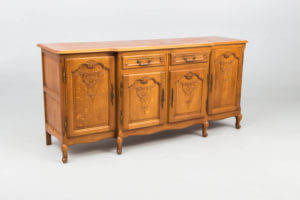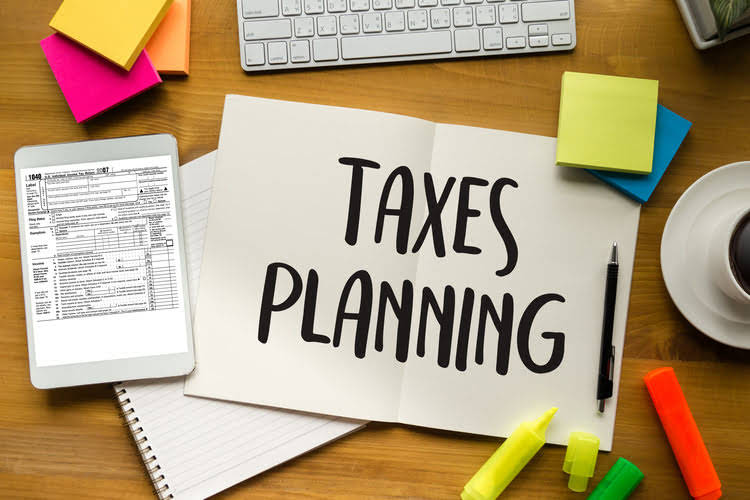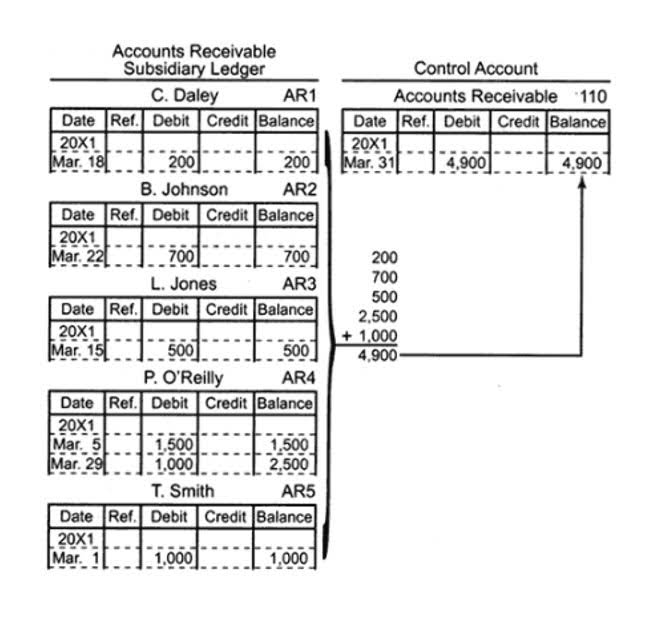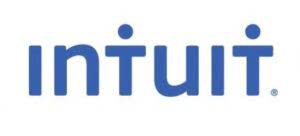
Oftentimes, financial institutions will allow the CD holder to break their financial product in exchange for a forfeiture of interest (i.e. the last six months of interest is foregone). If a financial institution does not allow this option, the CD should not be treated as a cash equivalent. This is especially true for longer-term products such as five-year CDs that must be held to maturity. Internal tampering could cause a business to be over and short in its accounting. This term pertains primarily to cash-intensive businesses in the retail and banking sectors, as well as those that need to handle petty cash.
- Let’s assume Tom rang up a $100 pair of running shoes for $100, but he miscounted the cash received for the shoes.
- The conversion should normally provide results comparable to those that would have occurred if the business had completed operations using only one currency.
- A demand deposit is a type of account from which funds may be withdrawn at any time without having to notify the institution.
- U.S. agency securities, certificates of deposit and time deposits, commercial paper, corporate debt securities, and other asset classes as well.
- In these cases, cash variances should be stored in a single, easily-accessible account.
Real-World Example of Cash and Cash Equivalents
If its balance is on the debit side, it is cash short and over is classified as usually presented in the miscellaneous expenses. On the other hand, if its balance is on the credit side, it will be presented as miscellaneous revenue instead. On the other hand, if the company has a cash shortage in the petty cash fund, it can make the journal entry with the debit of cash over and short account instead. The cash overage or cash shortage may also come from the sale and other expense transactions too.

Please Sign in to set this content as a favorite.
- In Note 4 to its financial statements, Apple provides a substantial amount of information regarding what comprises this cash and cash equivalent balance.
- The cash over and short account is an expense account, and so is usually aggregated into the «other expenses» line item in the income statement.
- Cash and cash equivalents are a line item on the balance sheet that reports the value of a company’s assets that are cash or can be converted into cash immediately.
- It is used in businesses that use cash in day-to-day operations, for example, retail stores and restaurants.
- Companies holding more than one currency can experience currency exchange risk.
- The investment must be short-term, usually with a maximum investment duration of 90 days.
Therefore, the cash over and short is usually at debit balance which represents an what are retained earnings expense. This expense is treated as a miscellaneous expense and presented in the income statement as a general and administrative expense section. However, if the balance is at credit, it is treated as miscellaneous revenue instead.
Definition of Cash Short and Over Account
Companies often hold cash and cash equivalents to pay short-term debt and hold capital in secure places for future use. A controller conducts a monthly review of a petty cash box that should contain a standard cash balance of $200. He finds that the box contains $45 of cash and $135 of receipts, which totals only $180.

Hello and welcome to Viewpoint

Cash Over and Short reconciles what is in the cash drawer vs. what the cash register record says should be in the cash drawer. In contrast, let’s assume that during the cash count, the actual cash from the cash sales is $495 instead of $510. In most cases, customers will most likely to dispute a shortage of change.

Cash and cash equivalents are a group of assets owned by a company. For simplicity, the total value of cash on hand includes items with a similar nature to cash. If a company has cash or cash equivalents, the aggregate of these assets is always shown on the top line of the balance sheet. This is because cash and cash equivalents are current assets, meaning they’re the most liquid of short-term assets. Cash and cash equivalents are the most liquid current assets on a company’s balance sheet.